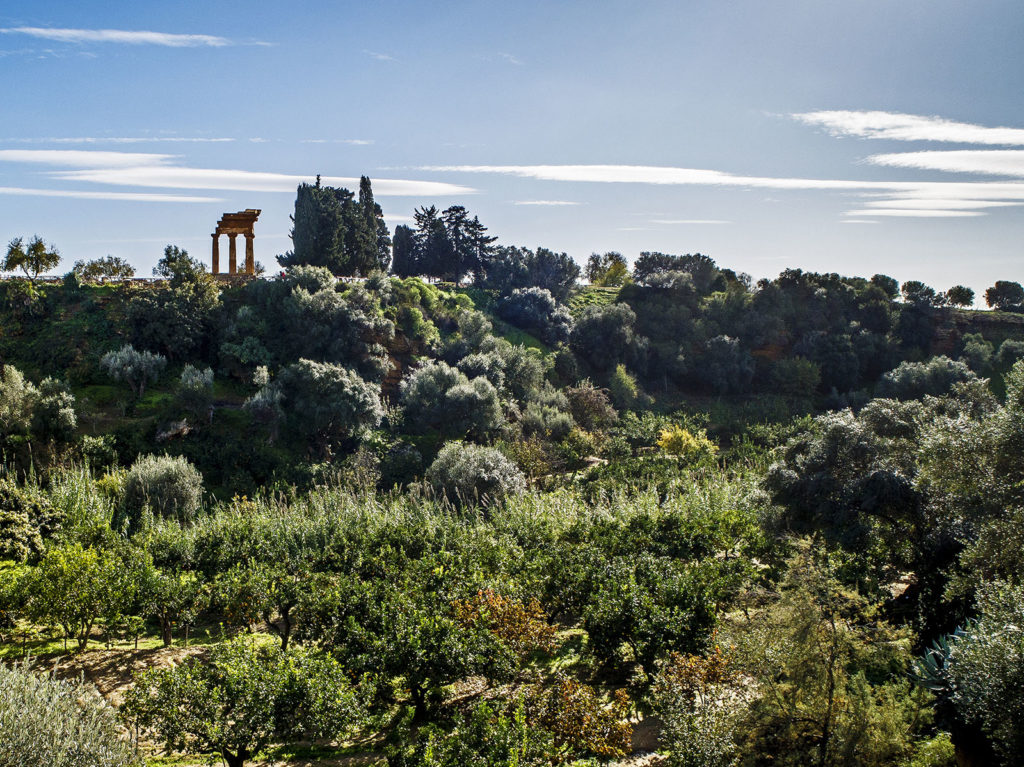After the Battle of Himera in 480 BC, Theron tasked the architect Feace with designing a hydraulic system to bring water to the city. The aqueducts, named Feaci after the architect, flowed into a single small lake located in the southern part of the township, near to what we know today as the Sanctuary of the
Chthonic Deities
.
 It soon became a veritable pool measuring 1300 metres long and 9 metres deep! Several species of colourful fish were brought into the lake and they swam together in the water, while the vegetation around them attracted beautiful swans and other birds.
It soon became a veritable pool measuring 1300 metres long and 9 metres deep! Several species of colourful fish were brought into the lake and they swam together in the water, while the vegetation around them attracted beautiful swans and other birds.
Diodorus Siculus
tells us that later on this area was neglected because maintenance was too expensive and consequently the pool dried up. The land was then planted with vines and fragrant fruit trees but in the following years the area was abandoned.
The Kolymbetra Garden now shines with luxuriant vegetation once more, thanks to the
Fondo per l'Ambiente Italiano
(Italian Environment Fund). Through a number of interventions, the ancient canals designed by the architect Feace have begun to irrigate the garden and its crops again, allowing the vegetation to grow luxuriant and strong.